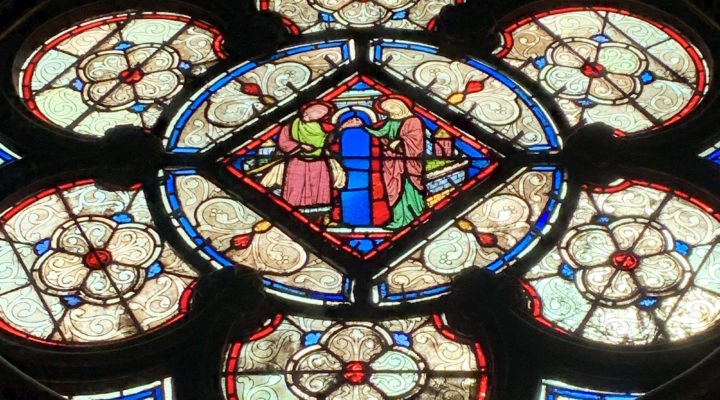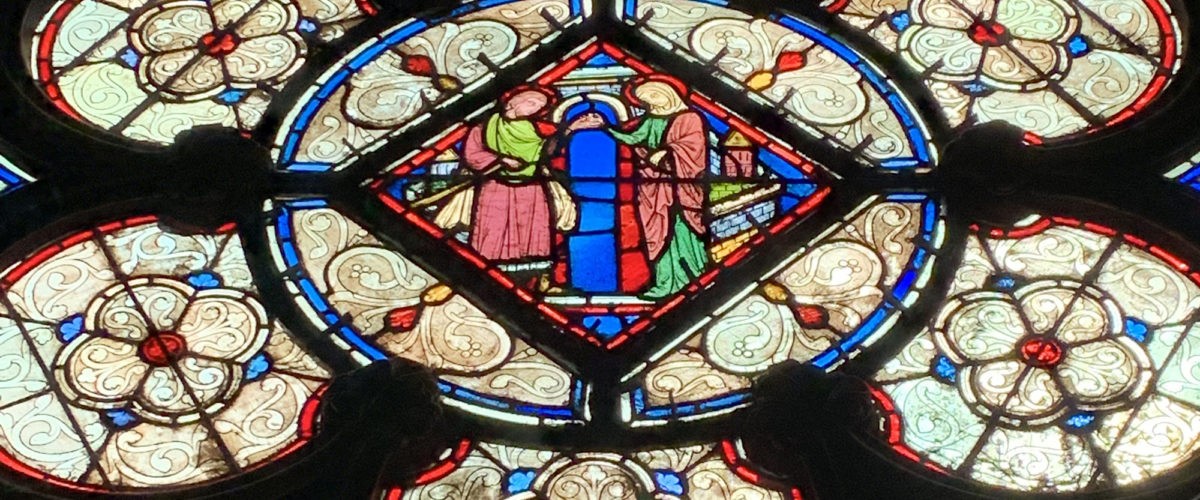Two Baylor University scholars and a third at Fuller Theological Seminary are setting out to determine the relationship between two difficult, if not impossible, things to measure: art and faith.
The researchers want to determine how encountering art creates discernable spiritual impacts on viewers.
“It feels great to embark on this journey exploring how art affects us psychologically and even spiritually,” said Wade Rowatt, Baylor professor of psychology.
Fellow researcher Sarah Schnitker conceded it is a demanding undertaking.
“It is both fascinating and challenging to be involved in scientific research that seeks to understand how art can shape our spirituality,” said Schnitker, an associate professor of psychology at Baylor.

Sarah Schnitker (Photo/Baylor)
“Although most people would recognize the power of art, not many studies have quantified the effects of art on our religious and spiritual development,” she said, adding that it “could have implications for the way religious organizations engage art in worship and discipleship.”
Rowatt and Schnitker said art is known to have an extraordinary and often subtle effect on emotional and spiritual states. Their endeavor is to discern how and why.
“The big-picture idea is that human beings can learn things through aesthetic artistic encounters that are unique, that impact us in a different way than reading a book or listening to a podcast,” Schnitker said.
“There is something about this engagement that uniquely affects us, especially as it relates to what we might call spiritual understanding,” she added. “We want to isolate what it is about encountering a piece like the ‘Mona Lisa’ or a beautiful building like the National Cathedral that sparks something inside a person and can impact the ways they perceive God.”
To do that, Schnitker, Rowatt and Kutter Callaway, associate professor of theology at Fuller, have received a $234,000 grant from the Templeton Religious Trust to create a theoretical framework to quantify the functional and psychological impact of art.
But even the title of the study illuminates the steep challenge facing the trio of professors: “Measuring the (Im)measurable: A Psychological Model of the ‘Something More’ that Humans Encounter in and through Art.”
Experimental psychology will be used to account for subtle differences in artistic and personality predispositions that influence an individual’s experience with art. Researchers’ will hope to identify how visual compositions spark varying feelings and attitudes.
“There seems to be something about art in different forms that helps people process things or gain insights they would not receive from just reading or thinking,” Rowatt said. “But with art, it is difficult to get something objective.”

Wade Rowatt (Photo/Baylor)
The idea is to design a study based on broad theories but also offer testable predictions, he explained. Resultant questions will probe the relationship between encounters with art and the generation of perspective, empathy and feelings of connectedness.
“We are trying to figure out how it facilitates understanding, insight or something deeper than that,” Rowatt said.
Visual art will serve as the basis of the study. An artist will be commissioned to take photographs of high and lesser aesthetic quality, according to the release. “For instance, the ‘golden spiral’ is a balanced composition guide that helps lead the viewer throughout a photo and is considered pleasing to the viewer. Some photographs will be constructed with golden spiral characteristics, while others will not be composed with other aesthetic methods.”
As participants study the images, they will be asked questions to identify shifts in states they are experiencing, such as empathy, Research methods based on social cognition and human perception will be employed to study individual artistic and religious backgrounds and preconceptions.
The project also seeks to examine perceptions of the divine when experiencing art. “Many questions will focus on the participant’s beliefs about various aspects of God and measure how those shift after engagements with artistically composed photos,” Rowatt said.
But Schnitker emphasized the study is not an attempt to quantify the divine. “We’re not in the business of measuring God or another person’s spiritual activity, but we can measure what is taking place for that person as they engage with art. We can measure how they respond emotionally, physiologically and more.”
Rowatt said the project already is under way with data collection to begin next spring and completion targeted for December 2021.
Schnitker added that the study is as enjoyable as it is challenging. “It is quite fun to interact with experts across disciplines. Conversations between scientists, theologians and artists that are a part of this work spark new insights and hypotheses.”


